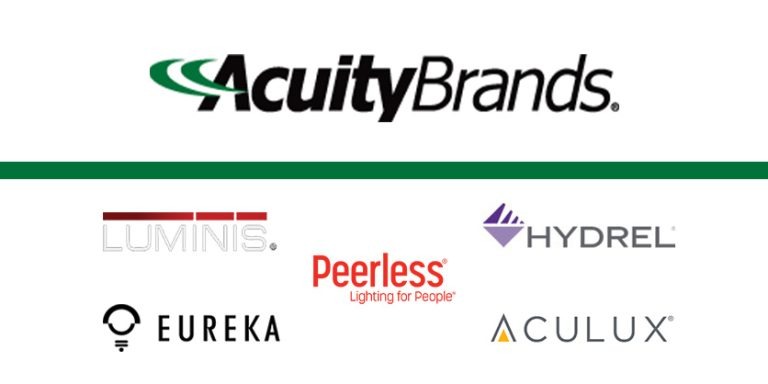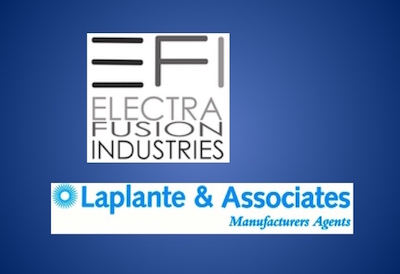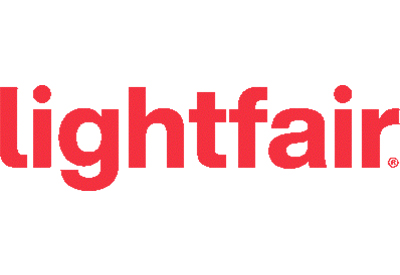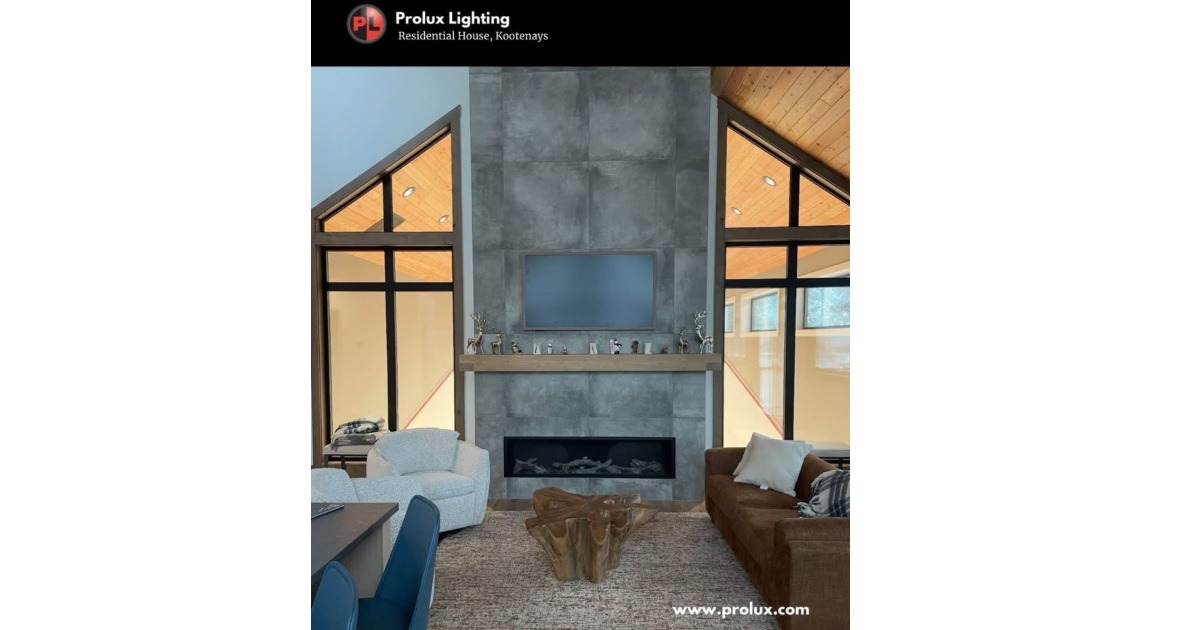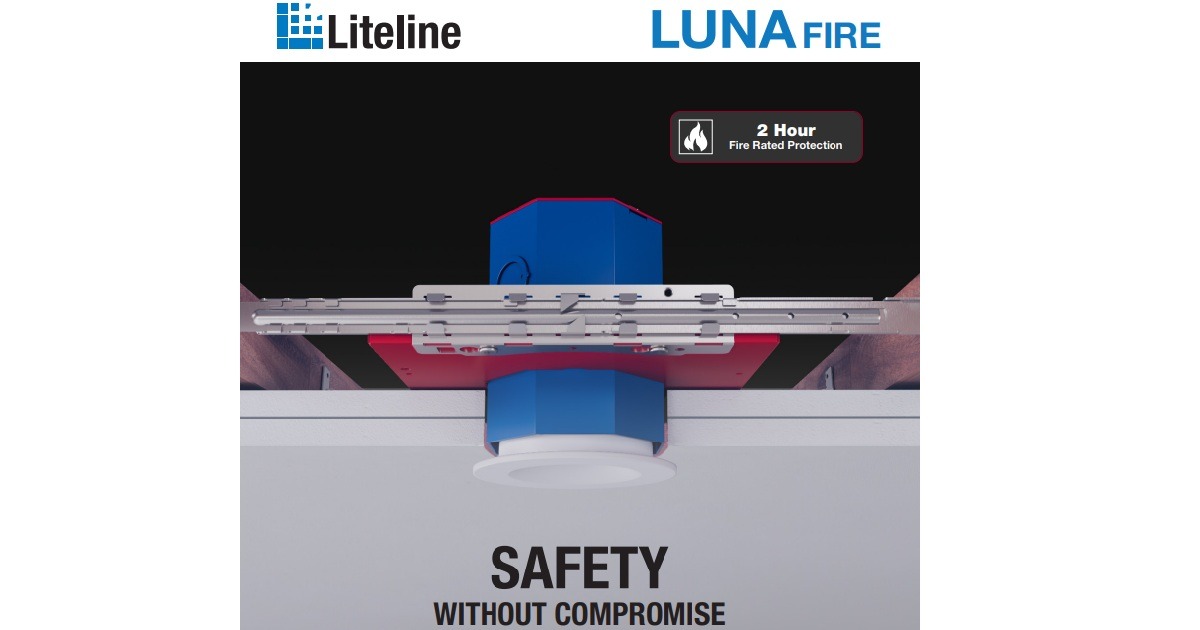ams OSRAM’s high and low power UV-C LEDs can effectively inactivate SARS-CoV-2
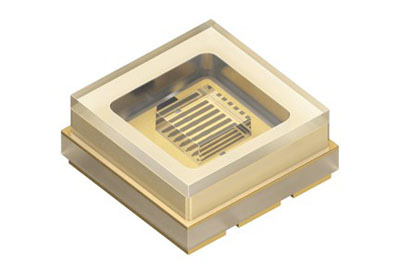
Nov 8, 2021
– UV-C LEDs such as the Oslon UV 3636 from ams OSRAM inactivate up to 99.99 percent of viruses at a dose of 3,6 mJ/cm²
– Even at very low intensities SARS-CoV-2 virus can be inactivated effectively which allows more efficient system designs for e.g. air disinfection systems
– The UV-C radiation damages the nucleic acid (DNA or RNA) within the virus and therefore not only works for SARS-CoV-2, but independently from the variant
ams OSRAM (SIX: AMS), a global leader in optical solutions, together with the University of Padua, presents test results on the effectiveness of ams OSRAM UV-C LEDs against the SARS-CoV-2 virus. The corona pandemic continues to dominate daily life in many regions of the world. In addition to the various measures taken to contain the pandemic, disinfection solutions based on UV-C light are becoming increasingly popular. Previously used mercury vapor lamps are often bulky and limited in their target wavelength. Significant advances in LED technology are now opening the door to new applications. The fact that they are already a useful aid in combating the pandemic has now been confirmed by research conducted by the University of Padua on the effectiveness of UV-C LEDs from ams OSRAM.
It has already been shown that a high intensity of UV-C LED radiation can inactivate the SARS-CoV-2 virus rapidly. In realistic applications, like upper air treatment or secondary air treatment devices, the necessary dose to eliminate the virus is applied over several cycles. This means that the required dose is reached by irradiation at a lower intensity for a longer period of time. To align best with realistic scenarios, ams OSRAM and the University of Padua focused the test to demonstrate a realistic evaluation regarding the impact of different irradiance levels to additionally prove for an effective system design using UV-C LEDs. In this experiment, not only the necessary dose for inactivating the SARS-CoV-2 virus was evaluated – also its consistency over different irradiation levels from low to high covering a factor of more than 100. The testing by ams OSRAM and the University of Padua differentiates from other tests that often focus on the highest possible or fastest reduction rate in their research, which can easily be achieved in experiments by increasing the irradiance and time.
The experiments from the Department of Molecular Medicine of the University of Padua confirm that UV-C irradiation provided by Oslon UV 3636 LEDs from ams OSRAM effectively reduce the quantity of SARS-CoV-2 virus. This strengthens the evidences already reported in recent publications1) that this mechanism could work independently from the variant of the pathogen and therefore offers a future-proof way of treatment for this and a potential next pandemic.
For the experiment, a fixture was equipped with Oslon UV 3636 in two different power classes (4 and 42 mW) and placed at a distance of 300mm to the pathogens. All LEDs are at a wavelength of 275 nm. The uniform irradiance of the probe was realized by a light mixing chamber and the irradiance determined under the consideration of all reflections. At low intensity levels a dose of 2,7 mJ/cm² for a log3 or up to 99.9% reduction and 3,6 mJ/cm² for log4 or up to 99,99% have been derived.
1) Lo, CW., Matsuura, R., Iimura, K. et al. UVC disinfects SARS-CoV-2 by induction of viral genome damage without apparent effects on viral morphology and proteins. Sci Rep 11, 13804 (2021).
Source: https://www.osram.com

